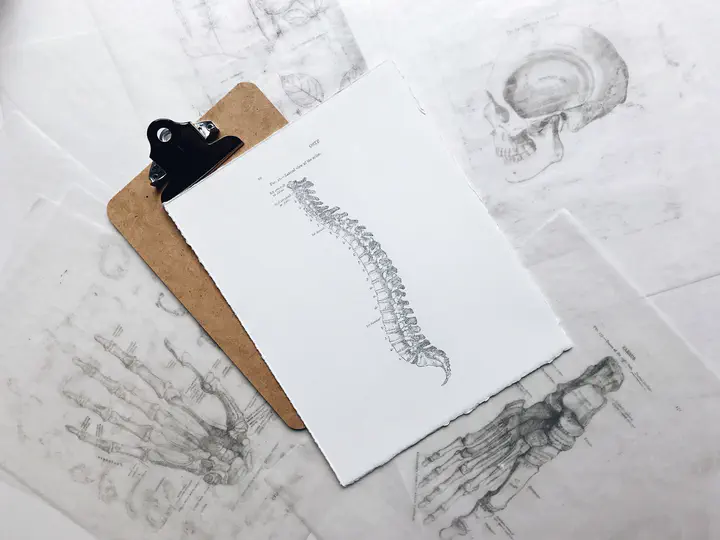A Preliminary Cohort Study Assessing Routine Blood Analyte Levels and Neurological Outcome Following Spinal Cord Injury
 Image credit: Unsplash
Image credit: UnsplashAbstract
There is increasing interest in the identification of biomarkers that could predict neurological outcome following a spinal cord injury (SCI). Although initial American Spinal Injury Association (ASIA) Impairment Scale (AIS) grade is a good indicator of neurological outcome, for the patient and clinicians, an element of uncertainty remains. This preliminary study aimed to assess the additive potential of routine blood analytes following Principal Component Analysis (PCA) to develop prognostic models for neurological outcome following spinal cord injury. Routine blood and clinical data were collected from SCI patients (n=82) and PCA used to reduce the number of blood analytes into related factors. Outcome neurology was obtained from AIS scores at 3- and 12-months post-injury, with Motor (AIS and Total including all myotomes) and Sensory (AIS, Touch and Pain) being assessed individually. Multiple regression models were created for all outcome measures. Blood analytes relating to ’liver function’ and ‘acute inflammation and liver function’ factors were found to significantly increase prediction of neurological outcome at both 3 months (Touch, Pain and AIS Sensory) and at 1 year (Pain, R^2 increased by 0.025 and Total Motor, R^2 increased by 0.016). For some models ’liver function’ and ‘acute inflammation and liver function’ factors were both significantly predictive with the greatest combined R^2 improvement of 0.043 occurring for 3m Pain prediction. These preliminary findings support ongoing research into the use of routine blood analytes in the prediction of neurological outcome in SCI patients.